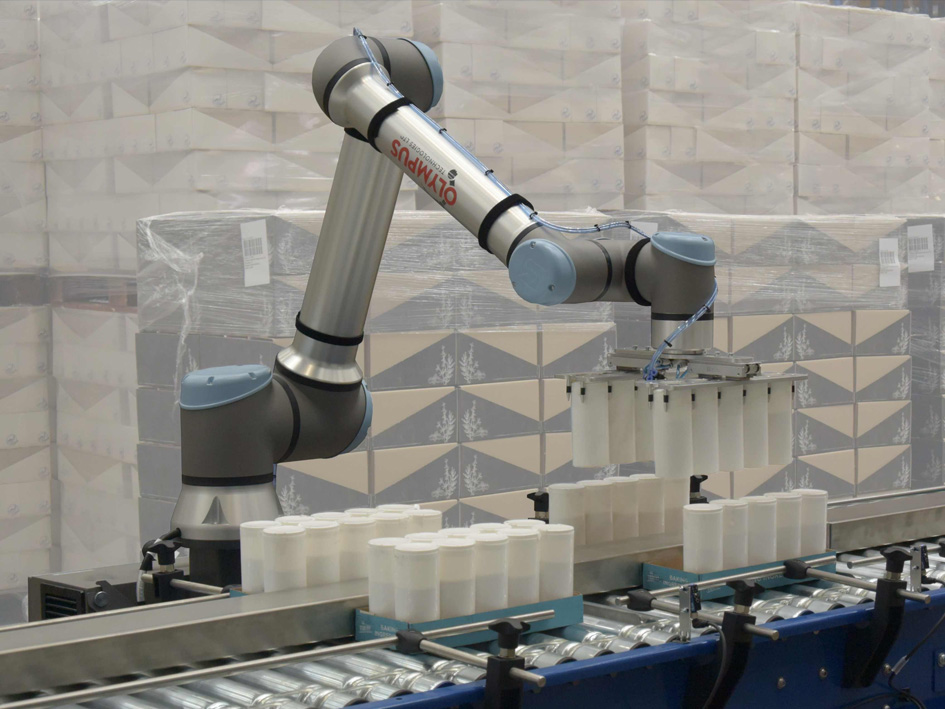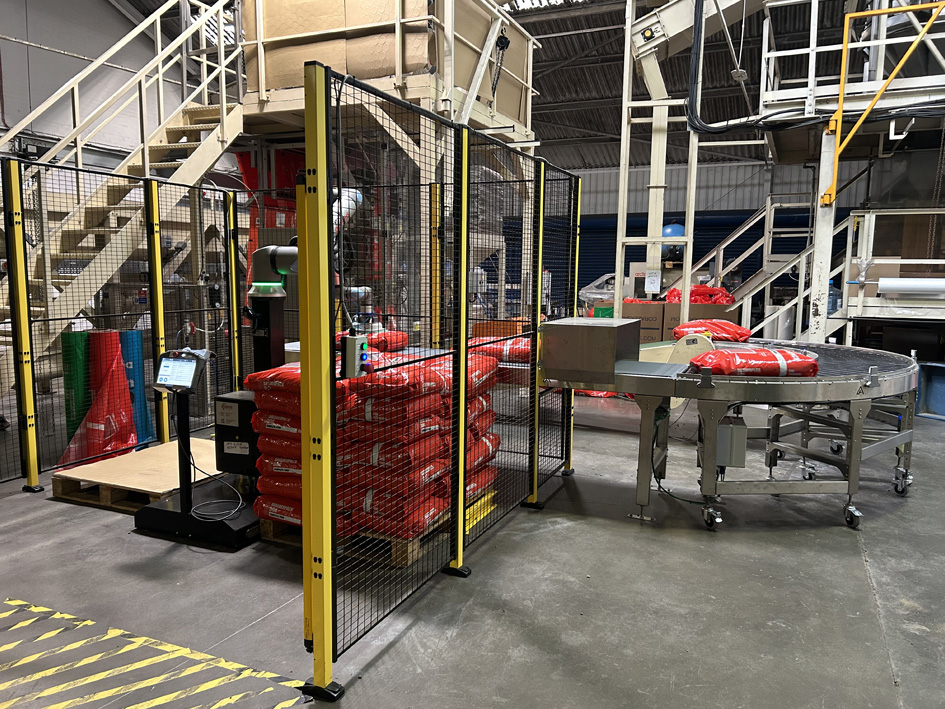Why Welding Standards Matter
Welding standardisation ensures that every weld meets strict safety, quality, and performance expectations. These standards cover not only methods and materials but also conditions, testing, and qualifications for both welders and welding equipment.
In industries where precision is critical, such as automotive, energy, aerospace, and construction, adherence to recognised welding codes is essential. This is especially true for organisations shifting to robotic, cobot, or automated systems, where repeatability and compliance are key to long-term efficiency.
Among the most widely used welding standards are BS EN ISO 15614, BS EN ISO 9606-1, and ASME Section IX. Together, these frameworks form the backbone of global and regional welding governance.
Speak to our welding automation experts to ensure your operations meet all required industry standards.
Who Sets Welding Standards? Global and Regional Authorities
Several respected bodies define and maintain welding standards. Each offers codes tailored to specific welding processes, materials, and applications:
- American Welding Society (AWS): Focuses on arc welding and structural fabrication, particularly across the Americas.
- American Society of Mechanical Engineers (ASME): Known for Section IX, which governs the qualification of welding procedures for pressure vessels, boilers, and piping systems.
- International Organization for Standardization (ISO): Offers globally recognised welding requirements, including BS EN ISO standards.
- British Standards Institution (BSI): Publishes the BS EN series used across the UK and EU, aligning national regulations with international welding standards.
Key Welding Standards and What They Cover
BS EN ISO 15614: Procedure Qualification
This standard defines the qualification of welding procedures through rigorous testing. It verifies that welding processes produce welded joints with the necessary mechanical properties and structural integrity.
Whether producing, repairing, or rebuilding joints, procedure qualification ensures quality welds. For robotic systems, it's critical to prove that automated welds match or exceed the performance of manual welding.
BS EN ISO 9606-1: Welder Qualification
Despite automation, skilled human welders remain essential. This standard governs the qualification of welding personnel through hands-on testing, ensuring they meet welding requirements for fusion welding and metal arc welding.
The standard also applies to technicians programming robotic systems or overseeing welding equipment, maintaining quality across both manual and semi-automated environments.
ASME Section IX: Welding for Pressure Systems
Used in energy, chemical, and oil and gas industries, Section IX covers welding procedures and welder qualification for pressure vessels, thermal systems, and piping.
It addresses a broad range of materials, including carbon steel, stainless steel, and specialised alloys, making it vital for high-risk, high-pressure applications.
Explore Olympus’ robotic welding systems engineered to comply with BS EN and ISO standards.
Welding Procedures and Qualifications: Ensuring Repeatable Quality
Welding Procedure Specification (WPS) and Procedure Qualification Record (WPQR)
The welding procedure specification and its associated procedure qualification record define how a weld is performed. Factors like gas type, joint design, and thermal input are documented to ensure each weld meets specified criteria for strength and integrity.
This process ensures that welding systems, manual or robotic, deliver consistent, compliant results across various processes.
Welder Qualification Record (WQR)
A welder qualification record certifies an individual's ability to perform specific welding tasks. Even with automation, these records remain relevant for those supervising equipment, managing welding consumables, or ensuring operational safety.
Material and Consumable Standards: Getting the Foundations Right
Metallic Materials and Welding Consumables
Proper selection of metallic materials, filler wires, and shielding gases is essential. Standards specify the correct pairings for metals such as carbon steel, stainless steel, and alloys, ensuring base and filler material compatibility.
Incorrect materials or welding consumables can compromise welded joints, particularly in automated environments where real-time feedback is limited.
Fusion Welding and Arc Welding
Both fusion welding and metal arc welding are widely used in sectors from automotive to aerospace. Standards define requirements for welding equipment, joint design, and thermal performance. Whether using manual, robotic, or hybrid systems, aligning with these requirements supports safety and quality.
Get in touch with Olympus to learn how our automation solutions align with material and consumable standards.
Testing and Inspection: Verifying Quality and Compliance
Destructive Testing (DT)
Destructive testing evaluates a weld’s mechanical properties by applying tensile, bend, or impact stress. Though destructive, it's essential for welding procedure validation during development or critical production runs.
Non-Destructive Testing (NDT)
In safety-critical industries, non-destructive testing, such as ultrasonic, radiographic, or dye penetrant methods, detects internal or surface defects without harming the component. It supports both pre-service inspections and long-term welding inspection routines.
Industry Applications: Aligning Standards with Sector Demands
BS EN Standards in UK Manufacturing
In UK manufacturing, the BS EN framework supports consistency and competitiveness. Part 1, Part 2, and Part 3 provide guidance from general principles to testing and documentation.
Whether building aerospace frames or structural steel components, applying BS EN ISO codes helps ensure compliance and customer trust.
Explore our case studies to see how UK manufacturers are using automation to meet BS EN standards.
Safety Standards in Welding: Protecting Workers and Operations
Welding safety involves more than gloves and helmets. Modern codes address ventilation, fume extraction, fire hazards, and safe integration of automated systems.
Bodies like OSHA, AWS, BSI, and ISO offer guidance, including frameworks such as ISO 45001, which covers workplace health.
For robotic and cobot welding, safety hinges on smart design and seamless machine-human interaction.
Learn how Olympus delivers fume extraction and workplace safety solutions alongside welding automation.
Conclusion: Towards Safer, Smarter, Standardised Welding
By following established welding standards such as BS EN ISO 15614, ISO 9606, and ASME Section IX, manufacturers ensure reliable, compliant, and safe welding operations. As automation becomes more prominent, aligning with best practices and recognised codes ensures both quality and efficiency.
At Olympus Technologies, we help clients implement standardised welding procedures across automated systems, ensuring both equipment and operators meet global performance and quality requirements.
Book a consultation with our team today to ensure your welding operations meet the highest global standards.
FAQs
What is BS EN ISO 15614 and why is it important?
BS EN ISO 15614 is a standard for the qualification of welding procedures, ensuring that the welding method consistently produces joints with required mechanical properties. It's especially important in automated systems, where consistency and code compliance are critical.
Do I need welder qualification records for robotic welding?
Yes. Even in automated environments, a welder qualification record is important for the technicians overseeing welding equipment and setting parameters. It proves they understand the welding processes and safety protocols.
How do I choose the right welding consumables for my application?
Follow welding standards that specify approved welding consumables based on the base metals, application, and processes used. Selecting the wrong filler or shielding gas can compromise quality and safety.
What is the difference between destructive and non-destructive testing?
Destructive testing physically stresses or breaks a weld to assess its performance, while non-destructive testing uses tools like X-rays or ultrasonics to inspect for defects without damaging the part. Each serves specific welding inspection needs depending on the industry.














